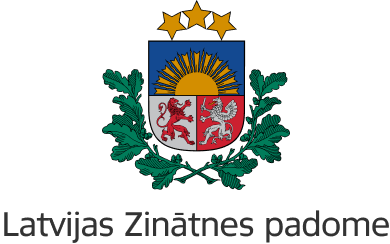

The title of the project in Latvian: Jauni fluorescējoši funkcionāli materiāli uz antrona bāzes bioattēlveidošanas vajadzībām
The title of the project in English: Novel fluorescent anthrone-derived functional materials for bioimaging applications
Project No: lzp-2022/1-0436
Project is implemented by: Daugavpils University
Project manager: senior researcher, Dr.chem. Jeļena Kirilova
Project partners: University of Latvia (manager: senior researcher., Dr. chem. Artūrs Zariņš)
Project implementation period: 01.04.2023. – 31.03.2026.
The total funding of the project: EUR 299 997
Information about the project: The aim of the project is to develop functional materials with effective luminescence suitable for photonic applications, including the visualisation of biological objects. The project focuses on the development of new methods and materials for the advancement of science and technology. Novelty: new organic fluorophores with intense and sensitive red emission will be created. Interdisciplinary fundamental research in natural sciences will be carried out by scientists and students in chemistry and biology at Daugavpils University and the University of Latvia. The project aim will be achieved by applying a complex of organic chemistry, spectroscopy, fluorescent microscopy and mathematical processing methods. The project activities include the creation of new fluorophores (development of more optimal synthesis methods), the study of their spectral parameters in relation to the visualisation of biological objects (various parasites), and the selection of promising materials. Planned project results: submission of at least 5 scientific articles for publication in international journals or conference proceedings, at least 3 of them in journals with a citation index of at least 50 per cent of the average citation index for the field, included in the Scopus or Web of Science databases; at least one patent applied for; 8 reports prepared for international conferences; at least 12 effective fluorophores created; 5 new synthesis methods developed; 3 new bioimaging methods developed; research data obtained will form the basis for 3 doctoral theses, 8 master’s and bachelor’s theses.